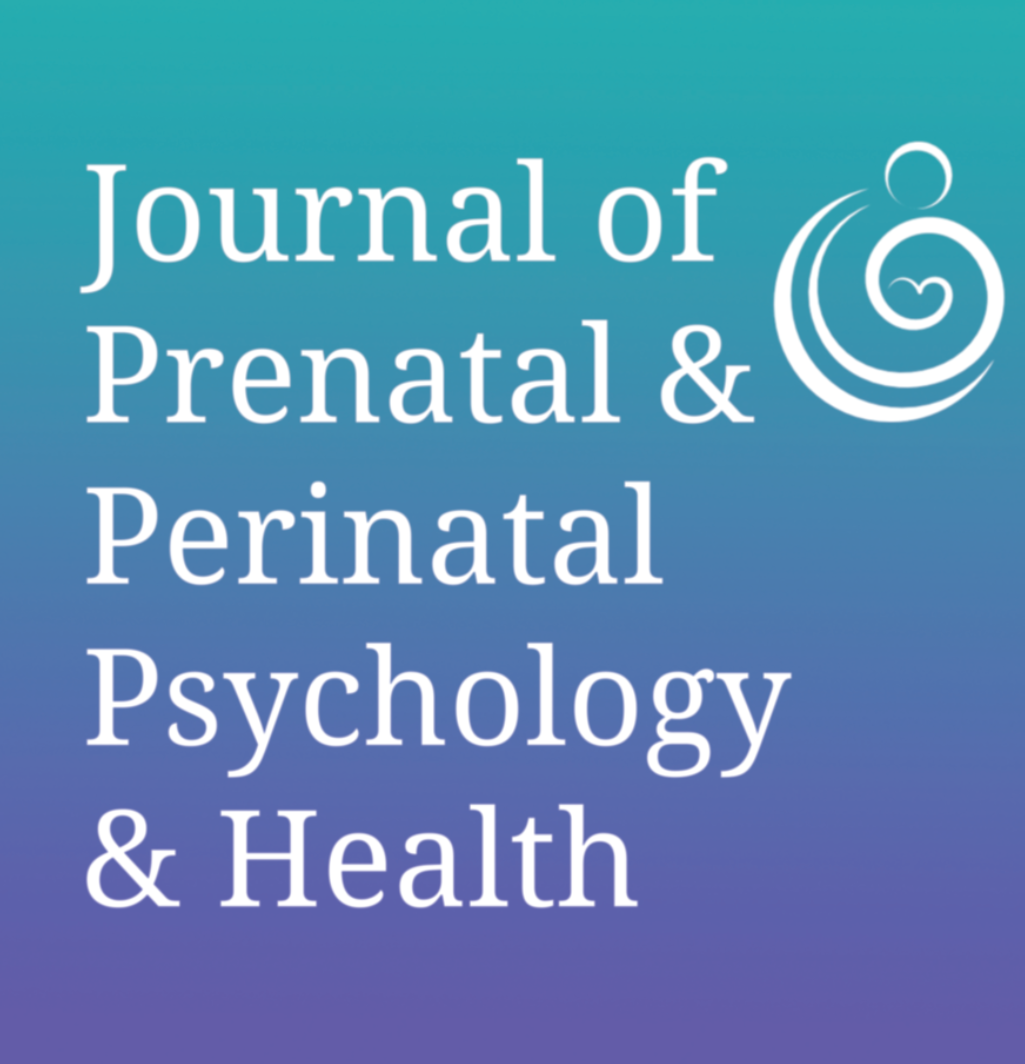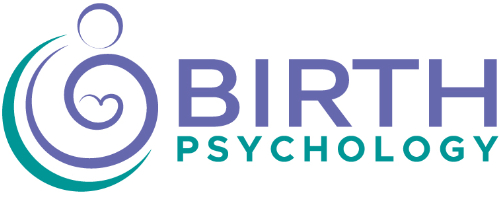
Journal of Prenatal and Perinatal Psychology and Health (JOPPPAH)
The Journal of Prenatal and Perinatal Psychology and Health is a peer-reviewed journal dedicated to publishing manuscripts that advance theoretical understanding and empirical insights. JOPPPAH welcomes contributions from diverse sources, including clinical practice, qualitative and quantitative research, case studies, literature reviews, and unique perspectives. Please review the guidelines for contributing authors and submit your articles using the portal. We look forward to hearing from you. If you need assistance, please contact our editor at [email protected].
APPPAH Members receive 50% off print journal subscriptions, please visit your member portal for the coupon code, or email [email protected]
If you are a higher-education institution or a journal subscription service, please register as an Institution using the button below and you will be contacted by the journal managing editor for access information. For questions regarding your institutional subscriptions, contact [email protected].
Digital Access Instructions for APPPAH members:
- Be sure that you are logged in, check the top of this page.
- Once you are logged in, click Return to Member Portal.
- In the Member Portal, click the JOPPPAH icon- Digital Journal Access.
Submit Your Article
Submission Deadlines are:
February 29, 2024
May 31, 2024
September 30, 2024
Letter from the Editor:
Welcome to the Winter 2023 Issue!
Welcome to the Winter 2023 Issue! I am excited to share new developments that will advance the trajectory of innovation, collaboration, and excellence for JOPPPAH. Dr. Kate Stahl-Kovell has moved on from her role as Editor-in-Chief. I am thankful for Dr. Stahl-Kovell’s leadership, friendship, and support, and the journal staff wishes her nothing but the best as she dives into clinical work in postpartum mental healthcare and writing. While bittersweet, it is an honor to assume the role of Editor-in-Chief. I am committed to sharing the latest scientific advancements in prenatal and perinatal psychology and health while amplifying marginalized voices and upholding the foundational principles of JOPPPAH.
I am also thrilled to introduce our new Copy Editor and Associate Editor, Ekaterina Cupelin, PhD. Dr. Cupelin is a birth, postnatal, and bereavement doula, author, and researcher. She brings a wealth of experience and an infectious enthusiasm to our team. Additionally, we welcome three new members to our editorial board, Dr. Mary Newman, Dr. John Bonaduce, and Dr. Taylor Bryant, who all bring expertise from academic to clinical. We also have several new peer reviewers volunteering their time and knowledge to enhance the quality of the journal. Their contributions are pivotal in advancing our mission to establish JOPPPAH as a leading journal in the prenatal and perinatal sciences.
At the heart of our Winter 2023 issue is the question: “How do we, as researchers and clinicians, create policies, spaces, and opportunities for parents and their babies to thrive?” We lead with “An Examination of Psychosocial Processes Related to Quality of Life in Pregnancy” (2023) by Sauer et al. Their research sheds light on perinatal mental health’s often misunderstood aspects, emphasizing psychological flexibility and selfcompassion as potential protective factors. This study provides valuable insights regarding how we can enhance the support and care available to pregnant people.
Next, we are grateful for our continued partnership with the Policy Center for Maternal Mental Health and their impactful work to close gaps in maternal healthcare. In “Maternal Suicide in the United States: Opportunities for Improved Data Collection and Health Care System Change,” Herrick and Burkhard (2023) highlight the shift in recognizing maternal suicide as a major contributor to pregnancy-related deaths in the United States. The authors outline suicide’s devasting impact and advocate for evidence-based strategies to drive positive changes in maternal healthcare.
In “Prematurity, Attachment, and Interpersonal Therapy: A Review,” Cerqueira and Vozar (2023) underscore the significance of mental health interventions for families with premature babies, focusing on the impact of prematurity on attachment relationships. The authors advocate for targeted clinical interventions, particularly Interpersonal Therapy (IPT), to enhance healthy attachment patterns and alleviate NICU caregivers’ stress.
Additionally, “Reducing the Maternal Mortality Rate in the United States Through the Midwives Model of Care” sheds light on a significant issue in modern healthcare. Kimball (2023) explains that the lack of in-depth prenatal visits and continued postpartum care, and the improper parental leave policies are some of the factors contributing to the high maternal mortality rate in the United States. Kimball advocates for the Midwives Model of Care, a clientcentered approach effective in reducing maternal mortality rates.
The winter issue is also enriched by a collection of perspective articles. Among them, “The Positive Outcomes of the FreMo Approach” describes a promising approach at the FreMo Medical and Birth Centre in Nairobi, Kenya, empowering pregnant women to improve maternal and child wellbeing during the perinatal period. Osoro (2023) highlights the psychological factors affecting conception, pregnancy, labor, birth, and postpartum and the challenges faced by the community.
In “The Prenatal Origin of Myth, Religion, and Ritual,” Bonaduce (2023) takes us on a captivating journey exploring the concept of Mythobiogenesis. The article explores the Biblical narrative of Noah, leading to the conclusion that Noah and his ark are nothing more, nor less, than a single fertilized cell floating toward implantation in the uterus. The article reflects on the idea of prenatal consciousness and the limited methods by which we measure and assess the emotional universe that precedes birth. In another thoughtprovoking exploration, “Vladimir Putin as a Return of Dr. Jekyll and Mr. Hyde: A Psychohistorical Exploration on the Nature of Human Contradictoriness,” Janus (2023) explores the dual nature of Vladimir Putin, drawing parallels with Dr. Jekyll and Mr. Hyde. The psychohistorical exploration underscores the profound influence of early childhood on individuals and societies, urging a focus on empathy, attachment, and traumainformed care for a more peaceful world.
Finally, we feature a personal birth story titled “My Path to Healing: A Mother’s Journey of Self-Discovery and Transformation.” Natoli (2023) shares her transformative motherhood journey, detailing challenges from traumatic childbirth to strained relationships. She emphasizes the importance of recognizing maternal stories and urges practitioners to adopt a nonjudgmental approach, highlighting the significance of asking, “What is it you need?”
This issue exemplifies the spirit of inquiry, compassion, and exploration that lies at the core of our journal. I extend my heartfelt gratitude to our authors, reviewers, and readers for their contributions and support of JOPPPAH. I invite you to immerse yourselves in the rich content of this winter issue, and I am confident that it will ignite new sparks of curiosity, inspire further research, and foster deeper dialogues in this evolving field. Wishing you a season of warmth, introspection, and discovery as you explore the pages of JOPPPAH.
Christiana Rebelle, PhD
Editor-in-Chief
Journal Submission Guidelines and Policies for Authors
Articles should be word-processed and transmitted electronically as a Word document. The editor reserves the right to edit manuscripts for length, clarity, and conformity with the journal’s style. American spelling should be used. The paper should be between 1,500 and 5,000 words with a 100–250 word abstract and at least three keywords.
The journal is interested in publishing theoretical and empirical articles utilizing data gained from clinical work, observational or experimental research, case studies, and self-report. Areas of interest include:
- Psychological Factors across Conception, Pregnancy, Labor, Birth, and Postpartum: Investigating the psychological dimensions at each stage of the reproductive journey.
- Maternal and Fetal Health: Exploring the influence of maternal health, lifestyle, and environmental factors on fetal development.
- Childbirth and Perinatal Care: Examining various childbirth practices, models of perinatal care, and their impacts on maternal and infant well-being.
- Parent-Child Bonding and Attachment: Studying the early relationship dynamics between parents and infants, identifying factors conducive to healthy bonding and attachment.
- Trauma and Stress during Pregnancy: Analyzing the psychological repercussions of traumatic events or chronic stress on both the pregnant individual and fetal development.
- Interventions and Support: Evaluating interventions and support systems aimed at fostering positive mental health and well-being during the prenatal and perinatal periods.
- Developmental Outcomes: Researching the enduring effects of prenatal and perinatal experiences on child development, behavior, and overall health.
- Reciprocal Interaction Mechanisms: Understanding the dynamics between the pregnant individual and unborn child, as well as between the birthing person and newborn.
- Influence of Family, Society, and Environment: Exploring the impact of familial, societal, and environmental factors during pregnancy and postpartum.
- Evidence-Based Measures: Implementing evidence-based strategies to enhance the well-being of parents, birthing individuals, and infants.
- Effects of Medical Technology: Assessing the psychological and physiological impacts of medical interventions on all involved parties during conception, pregnancy, labor, and birth.
- Prevention and Intervention/Resolution of Prenatal and Perinatal Trauma: Exploring methods to prevent and address prenatal and perinatal traumas in both children and adults.
- Interdisciplinary Interfaces: Investigating intersections between prenatal and perinatal psychology and fields such as medicine, genetics, developmental psychology, anthropology, ethics, and law
Illustrations, Figures and Tables
All illustrations and tables should be included separately from the manuscript (in a separate document) and should be clearly identified in Arabic numerals, showing which is the top of the illustration if this is not obvious. Tables must supplement the text without duplicating it and be in Microsoft Word file format. Refer to APA publication manual for detailed instructions on tables and figures. Tables, figures, and illustrations should include an appropriate title. Keep in mind the 6x9 finished size of journal pages.
APA 7 Style
Formatting and referencing must follow APA 7 style. References should be limited to work cited in the article. All cited material should be on the reference list.
American Psychological Association (2020). Publication manual of the American Psychological Association (7th ed.). Washington, DC: Author.

